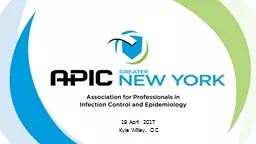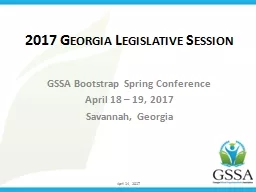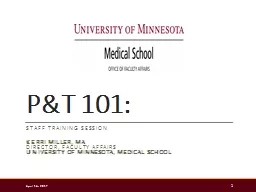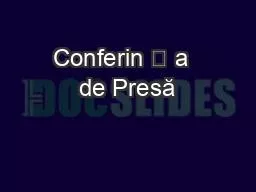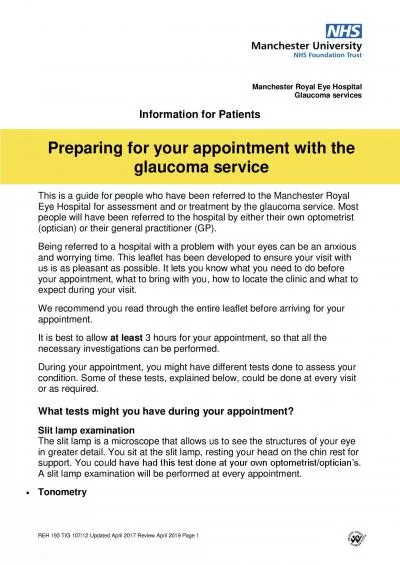PPT-19 April 2017
Author : liane-varnes | Published Date : 2017-09-09
Kyle Willey CIC 1 An autoclave used to sterilize surgical instruments is set at 200º F 93º C for 15 minutes The Infection Preventionist IP should take which
Presentation Embed Code
Download Presentation
Download Presentation The PPT/PDF document "19 April 2017" is the property of its rightful owner. Permission is granted to download and print the materials on this website for personal, non-commercial use only, and to display it on your personal computer provided you do not modify the materials and that you retain all copyright notices contained in the materials. By downloading content from our website, you accept the terms of this agreement.
19 April 2017: Transcript
Download Rules Of Document
"19 April 2017"The content belongs to its owner. You may download and print it for personal use, without modification, and keep all copyright notices. By downloading, you agree to these terms.
Related Documents

